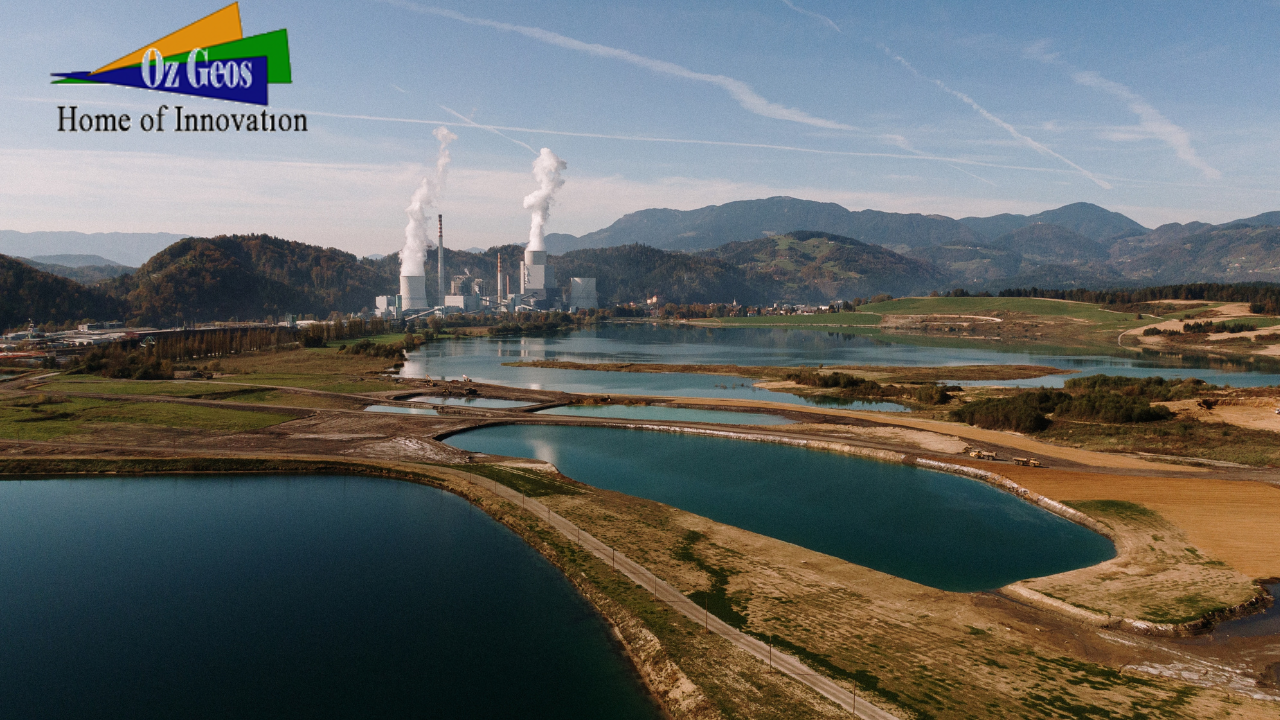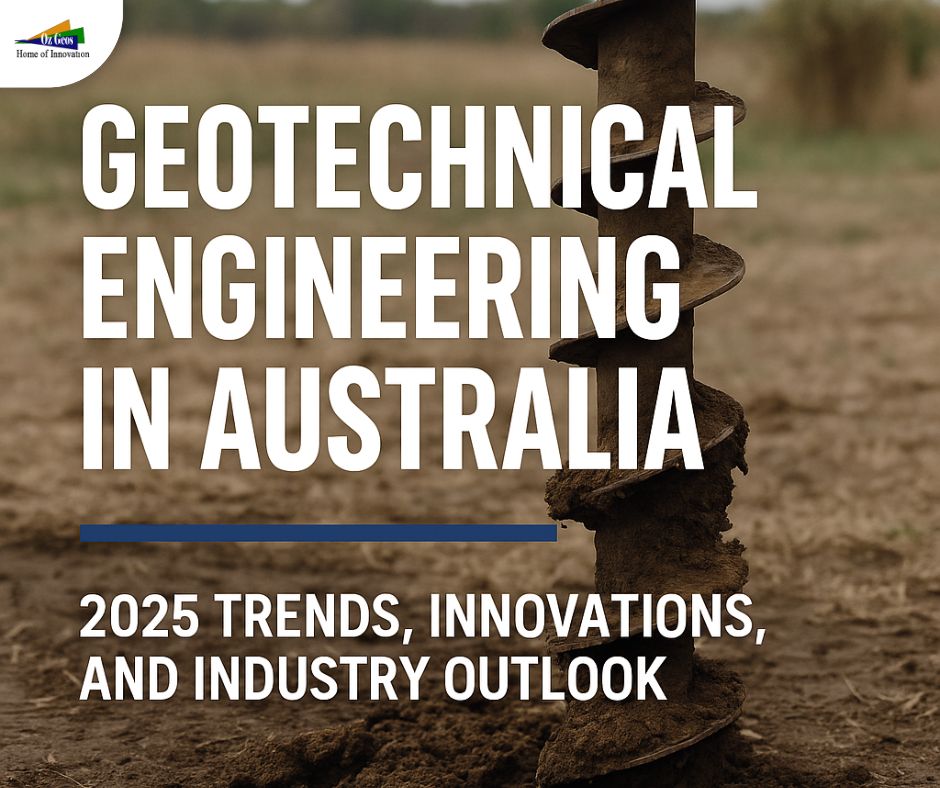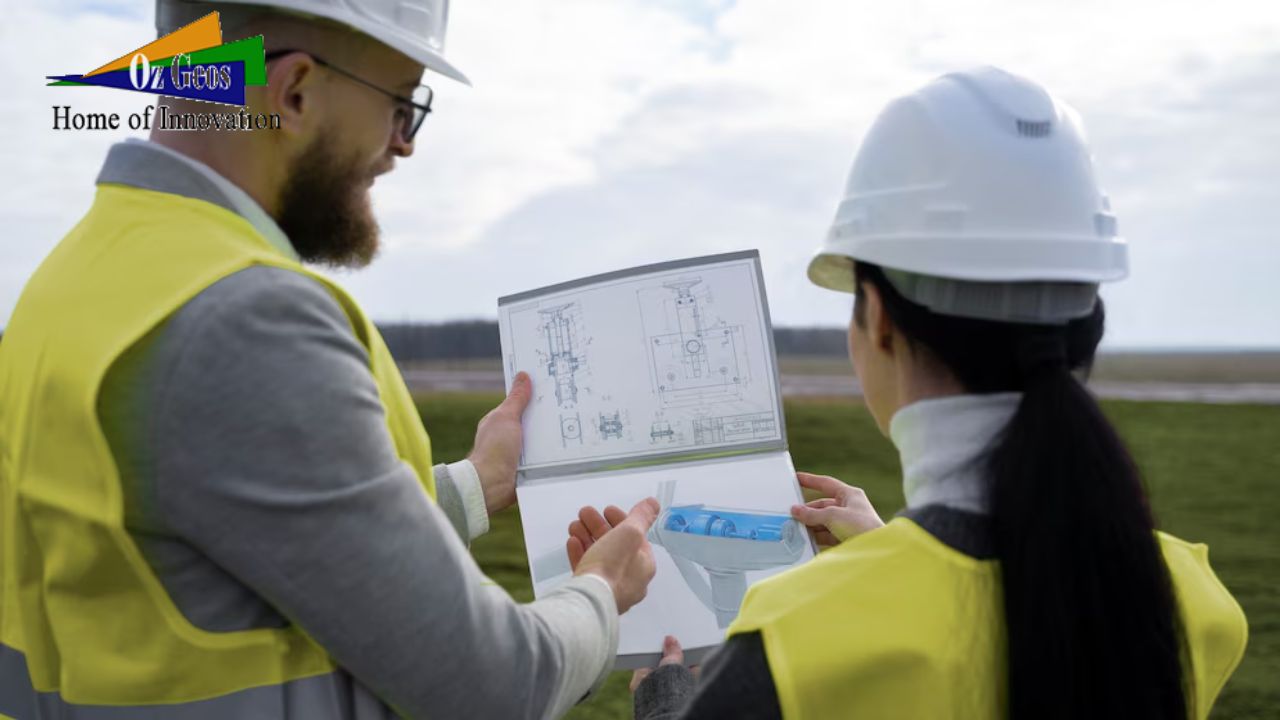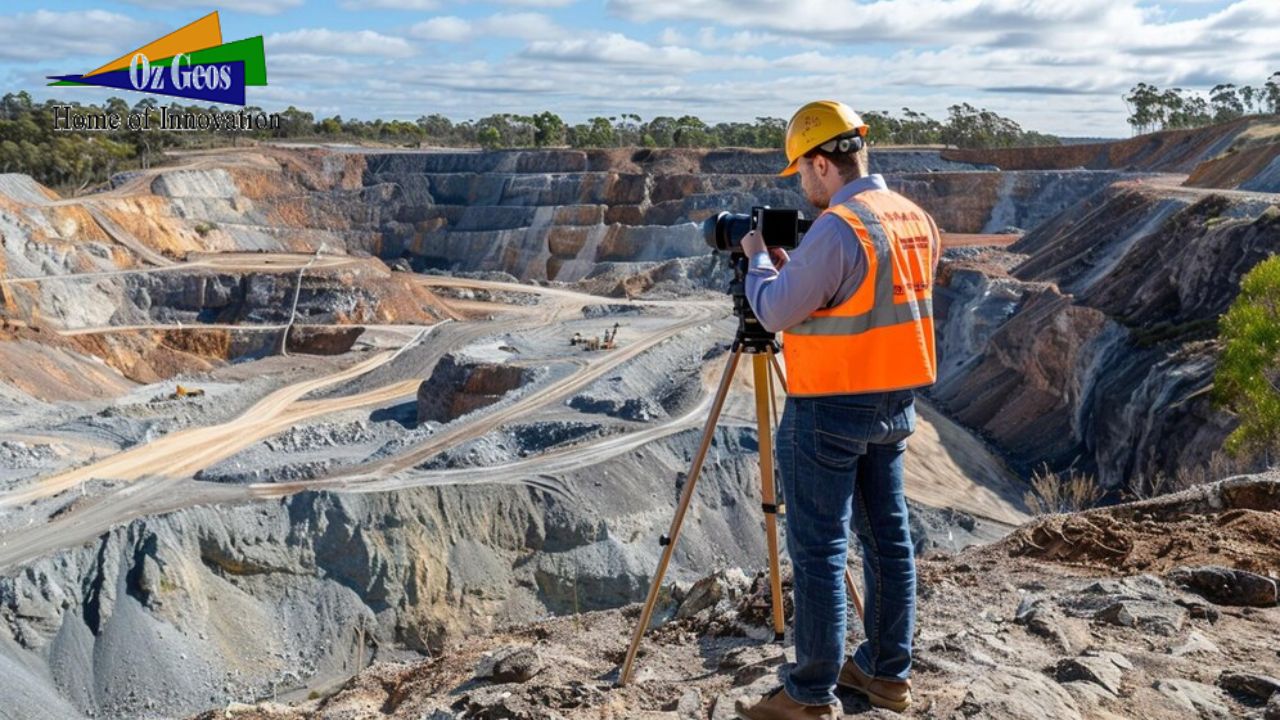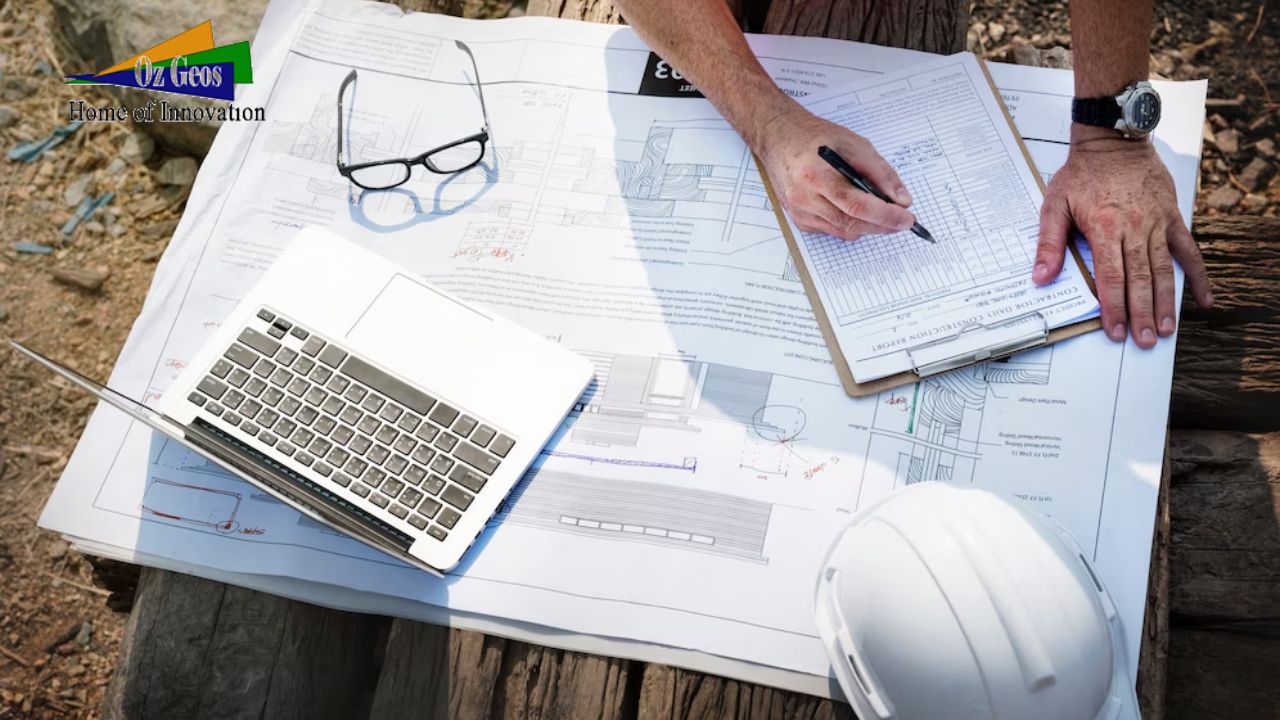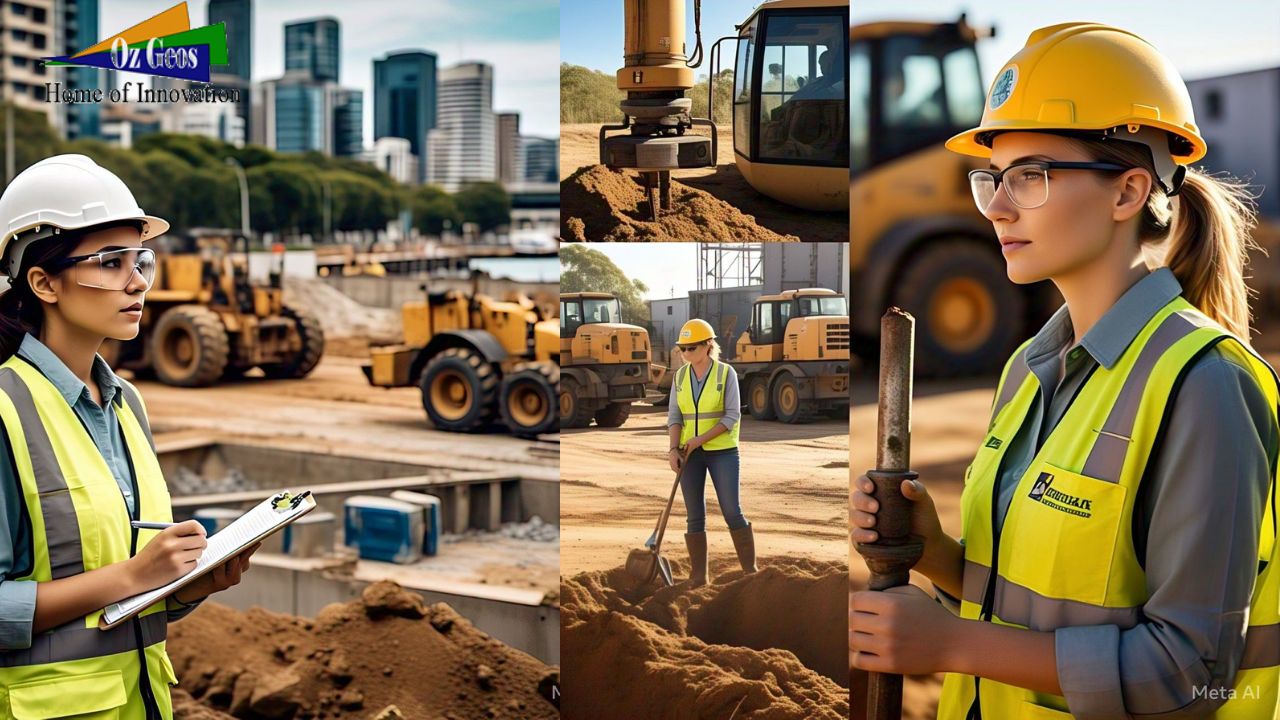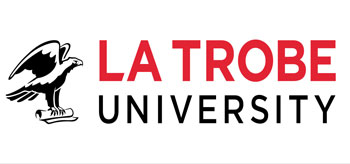Geotechnical Engineering in Melbourne’s Unique Landscape: Key Considerations
Melbourne’s diverse geological landscape presents both opportunities and
challenges for construction and development projects. From dense urban areas to coastal and
hilly terrains, each location demands a tailored approach to geotechnical engineering. In this
blog, we’ll explore the unique considerations for geotechnical engineering in Melbourne,
highlighting how expert site assessments and soil analysis are essential for safe and
sustainable development.
Understanding Melbourne’s Geological Landscape
Melbourne’s geology is varied and complex, including basaltic plains, clay soils, sandy coastal areas, and regions prone to landslip. Each geological feature requires specific considerations during geotechnical investigations to ensure foundations are stable, structures are resilient, and environmental impact is minimized.
- Basaltic Plains and Soil Stability The basaltic plains, often found in Melbourne’s
western suburbs, consist of hard volcanic rock covered by layers of clay soil.
Geotechnical engineers must evaluate these layers carefully, as clay soils can expand or
contract with moisture changes, impacting foundation stability. Accurate soil testing and
site analysis are crucial to mitigate potential risks associated with clay soil movement. - Coastal Sandy Soils and Erosion Control Coastal areas in Melbourne are
characterized by sandy soils, which present challenges for foundation support due to low
density and susceptibility to erosion. Geotechnical engineering in these areas requires
specific techniques, such as deep foundations or ground improvement methods, to
provide stability. Additionally, strategies to combat erosion, particularly in beachside
developments, are essential to prevent long-term property damage. - Clay Soils and Water Management Melbourne is also known for its expansive clay
soils, particularly in the eastern suburbs. These soils are highly reactive to moisture,
meaning they expand during wet seasons and shrink in dry conditions. Geotechnical
engineers need to assess the clay content and design drainage systems that manage
water effectively to reduce the risk of foundation movement and cracking. - Hilly Terrain and Landslip Risk The hilly and sloping areas around Melbourne are
prone to landslips, especially after heavy rainfall. Geotechnical engineers conduct
detailed landslip risk assessments in these zones, analyzing soil strength, slope angles,
and groundwater presence to determine stability. Effective slope reinforcement and
drainage measures are often implemented to prevent landslip-related issues.
Geotechnical Investigation Techniques in Melbourne
To accommodate Melbourne’s varied landscape, OzGeos employs a range of geotechnical investigation methods. These include soil sampling, borehole drilling, and cone penetration testing, among others. Each technique is selected based on the specific site conditions, ensuring a detailed understanding of the soil profile and subsurface characteristics.
- Soil Sampling and Testing
Collecting soil samples and conducting laboratory tests provide critical data on soil
composition, moisture levels, and compaction. These tests help geotechnical engineers
make accurate recommendations for foundation design, drainage systems, and slope
stability. - Borehole Drilling Borehole drilling is essential for obtaining subsurface samples and
understanding soil layers at different depths. This technique is particularly valuable for
identifying any potential groundwater issues or areas of weak soil that may impact
structural stability. - Cone Penetration Testing (CPT) CPT is a method used to measure soil resistance and
identify different soil types, which is crucial for foundation design. CPT data allows
engineers to assess soil compaction and predict how it will perform under load, which is
key for Melbourne’s diverse soil conditions.
The Importance of Expert Geotechnical Engineering in Melbourne
Given Melbourne’s unique landscape and the various risks associated with different soil types, expert geotechnical engineering is essential. At OzGeos, our experienced team conducts comprehensive site
assessments and utilizes advanced testing methods to provide reliable solutions for each unique project. Whether you’re building on clay soils, sandy coastal areas, or sloped terrain, our tailored approach ensures safe, compliant, and resilient construction.
Conclusion
Geotechnical engineering in Melbourne demands a deep understanding of the
city’s unique geology. With challenges ranging from soil stability to landslip risks, each site
requires a specialized approach to ensure safe and sustainable construction. At OzGeos, we’re
committed to delivering geotechnical solutions that address these unique considerations,
enabling our clients to build confidently and responsibly.

